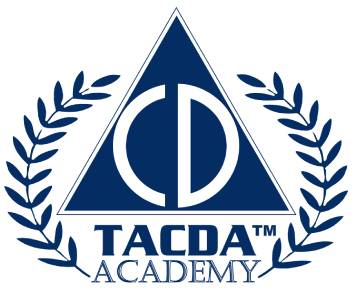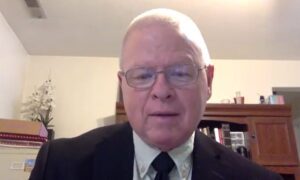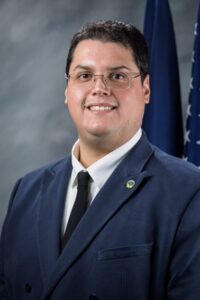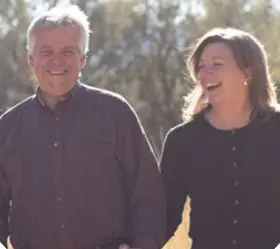Resources for What to do Before, During, and After Disasters

The TACDA Academy Lesson Manual is an emergency preparedness handbook and covers Civil Defense topics such as:
The TACDA Academy was written by a collaboration of civil defense experts, scholars, military personnel, and other professionals to teach in easy to understand formats the basics of survival. This 143 page manual is a comprehensive guide to civil defense concepts and teaches in depth how to survive emergencies and disasters. Click on the chapter links above to read about specific topics of civil defense, or click the red button below to purchase a copy of the full manual.
FEMA Comprehensive Preparedness Guides
- CPG 502: Considerations for Fusion Center and Emergency Operations Center Coordination (link not available)
FEMA Emergency Operation Plans – Houses of Worship and Schools
- Institutions of Higher Education (link not available)
Pre-Disaster Recovery Planning Guides
How To's:
Resource Links:
21st Century Homeland Defense and Civil Defense, An Analytical Study by Rick White Ph.D., Arthur J. Simental, M.S., John Holst, M.S. - Download ebook
American Preppers Network - https://www.facebook.com/groups/AmericanPreppersNetwork/
American Survivor - americansurvivor.org
Backdoor Survival. "Prepping with Optimism” - http://www.backdoorsurvival.com/
Civil Defense Perspectives - https://www.physiciansforcivildefense.org/category/civil-defense-perspectives/
Civil Defense Radio with Preston Schleinkofer- https://civildefenseradio.com/
Civil Defense Virginia - https://civildefenseva.org/
Crisis Preparedness - https://www.crisispreparedness.com/
Doctors for Disaster Preparedness - https://www.ddponline.org/
EMP Protection of Critical Civilian Infrastructure. Problems and Solutions by Dr. Vladimir Gurevich - Download ebook
Essential Guide to Flood Planning and Preparation - https://www.polygongroup.com/resources/flood-preparation-planning/
FDD’S Long War Journal - http://www.longwarjournal.org/
Federal Emergency Management Agency - https://www.fema.gov/
IAEA (International Atomic Energy Agency) for Nuclear safety and security - https://www.iaea.org
Medication Stability Beyond Shelf life - Download pdf
MetEd - Meteorology, weather forecasting, and related geoscience topics: https://www.meted.ucar.edu/about.php
Michael Mabee, author of The Civil Defense Book - https://michaelmabee.info/category/mikes-blog/
Minimizing Flood Damage - https://www.directline.com/home-cover/minimise-flood-damage
National Museum of Civil Defense - https://www.uscivildefense.org
Natural Hazards: A service of NASA’s Earth Observatory - http://naturalhazards.nasa.gov/ http://earthobservatory.nasa.gov/
Physicians for Civil Defense - https://www.physiciansforcivildefense.org/
Preserve The Harvest - https://extension.usu.edu/preserve-the-harvest/
Responding to an Active Shooter Crisis Situation (FBI) - https://www.fbi.gov/about/partnerships/office-of-partner-engagement/active-shooter-resources/responding-to-an-active-shooter-crisis-situation
Strive for More Preparedness - https://sfmpro.com/
Survival Sherpa: “Helping Each Other on the Climb to Self-Reliance and Preparedness” - https://survivalsherpa.wordpress.com/
The Daily Web Log for Prepared Individuals Living in Uncertain Times. – https://survivalblog.com/
The National Weather Service - https://weather.gov
The Provident Prepper: Common Sense Guide to Emergency Preparedness, Self-Reliance and Provident Living - http://theprovidentprepper.org/
The Weather Channel - https://weather.com/
Trusted News and Intelligence from Spec Ops Veterans - https://sofrep.com/
Waldo County Civil Defense Association - https://waldocivildefense.org/
We Protect People. Let us show you how. - https://escapethewolf.com/
We The Prepared: https://www.wetheprepared.com/
COVID-19 Information Links:
About the Coronavirus - https://www.youtube.com/watch?v=Xj1nUFFVK1E
Cases and Latest Updates - https://www.nih.gov/health-information/coronavirus
Centers for Disease Control and Prevention - https://www.cdc.gov/coronavirus/2019-ncov/index.html
FEMA - https://www.fema.gov/coronavirus
Frequently Asked Questions - https://www.cdc.gov/coronavirus/2019-ncov/faq.html
Homeland Security Coronavirus 2020 - https://www.dhs.gov/
National Institutes of Health - https://www.nih.gov/health-information/coronavirus
Prepare and Protect yourself - https://www.coronavirus.gov/
World Health Organization - https://www.who.int/emergencies/diseases/novel-coronavirus-2019
2024 TACDA Civil Defense Zoom Meetings
2023 TACDA Civil Defense Zoom Meetings
2022 TACDA Civil Defense Zoom Meetings
2021 TACDA Civil Defense Zoom Meetings
Nuclear Weapons Effects:
For information about the various effects of nuclear weapons, click here.




















